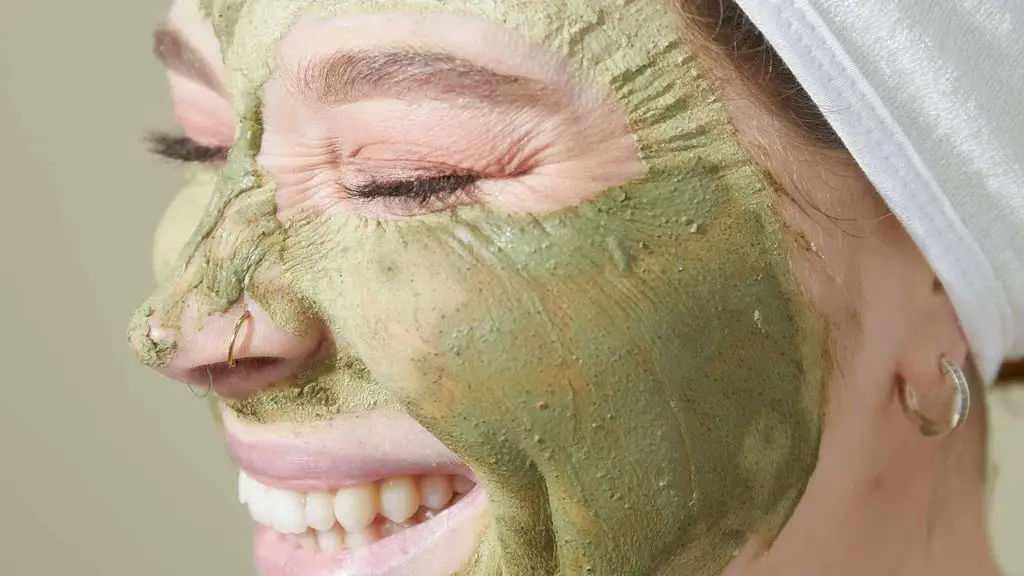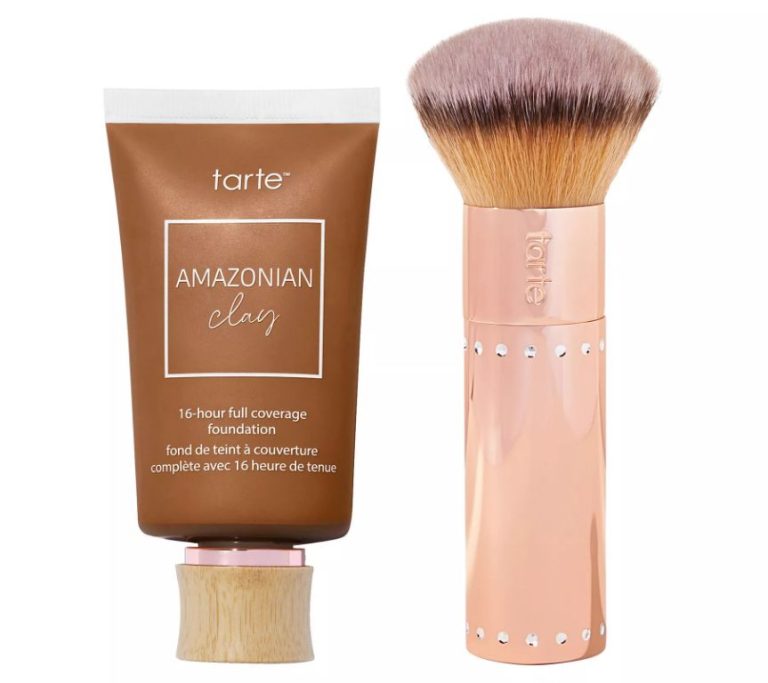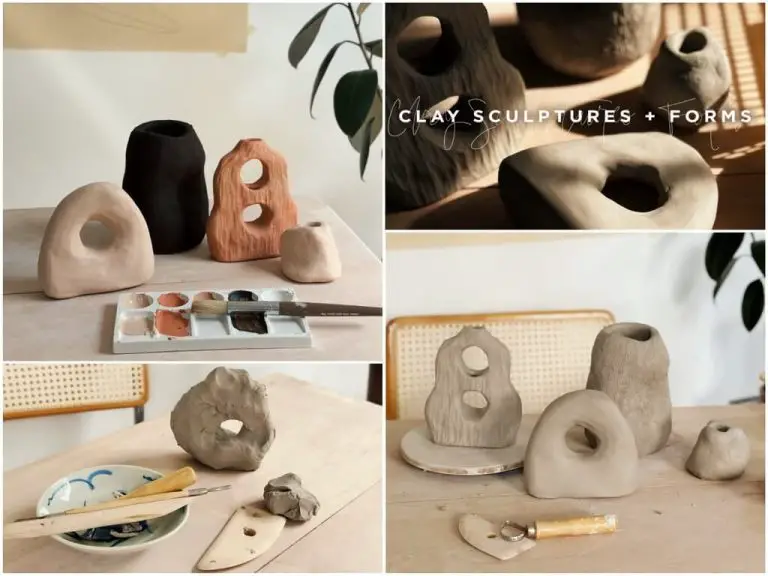Is It Ok To Use Clay Mask Everyday?
Clay masks are a type of facial mask made from clays such as bentonite or kaolin. The intended benefits of clay masks include removing impurities and absorbing excess oil from the skin, tightening pores, and providing minerals that can improve skin’s tone and texture. Clay masks have become an increasingly popular skincare trend due to their ability to deep cleanse the skin.
According to market research [1], clay masks remain highly popular across geographies as consumers look for effective products that provide a deep cleansing effect. The therapeutic benefits of clay combined with growing consumer interest in natural skincare have driven the popularity of these masks.
Benefits of Clay Masks
Clay masks provide numerous benefits for the skin when used properly. The key benefits of clay masks include:
Absorbing excess oil and impurities – Clay has absorbent properties that allow it to draw out impurities, dirt, toxins and excess sebum from the skin ([1]). This helps clean and purify the skin.
Exfoliating dead skin cells – Clay masks are gently abrasive, which allows them to remove the top layer of dead skin cells. This exfoliation reveals fresh new skin underneath ([2]).
Tightening pores – The absorbent clay helps to soak up excess oil that can enlarge pores. It also has a slight drying effect which causes the pores to temporarily tighten up ([3]).
Potential Downsides of Daily Use
While clay masks can provide many benefits, using them too frequently may cause some downsides as well. Here are some potential issues with using a clay mask every day:

Clay masks can be very drying for the skin, especially if used daily 1. Clays absorb oil, dirt, and impurities from the skin. However, they can also absorb the skin’s natural oils and moisture. Using a clay mask daily could strip the skin of these oils and leave it feeling dry, tight, flaky or irritated.
Clay masks should not be left on for too long. Most clays will harden and can be difficult to wash off if left on longer than the recommended time. Trying to scrub off a hardened clay mask can lead to irritation, inflammation, and even breakouts 2. It’s important to follow the instructions for how long to leave the mask on.
Those with sensitive skin may experience stinging, redness, or acne breakouts from overusing clay masks. The minerals in clays can be harsh for some skin types. It’s best to limit use to 1-2 times per week if you have sensitive skin.
Types of Clay
There are several different types of clay commonly used in face masks. Some of the most popular include:
Bentonite clay: This clay is formed from aged volcanic ash. It has a strong negative electrical charge, allowing it to absorb toxins, oils, and impurities from the skin. Bentonite clay creates a gentle deep cleansing effect without over-drying the skin (1).
Kaolin clay: Also known as China clay or white clay, kaolin clay is the gentlest of the clay varieties. It is ideal for sensitive skin and helps cleanse and exfoliate while also reducing inflammation and redness. Kaolin has a mild absorbent effect without over-drying (2).
French green clay: This glimmering green clay is rich in minerals like potassium, calcium, magnesium, and more. It helps balance and restore the skin while providing a deep cleansing effect. French green clay is suitable for all skin types though can be drying for very dry skin.
Rhassoul clay: Originating in Morocco, rhassoul clay is a spongy clay rich in silica and magnesium. It is effective yet gentle, able to extract impurities without stripping the skin. Rhassoul also helps improve skin elasticity and smoothness (1).
Who Should Use Clay Masks Daily
Those with oily skin may benefit the most from using clay masks daily. The absorbent properties of clay can help regulate excess sebum production and prevent pores from becoming clogged. Using a clay mask 1-2 times per day can help reduce shine, minimize the appearance of pores, and maintain a clearer complexion.
According to Bella Forever, clay masks work well for those with oily skin types because clays help absorb oil without over-drying the skin. The key is to find a clay mask formula that is not too harsh or drying.
Those looking to minimize pores may also find success using clay masks daily. Theabsorbent clays help lift away grease, dirt and impurities from the pores while simultaneously tightening them. With routine use, pores appear smaller over time as excess sebum production is continuously regulated. Just be sure not to over-dry the skin.
Who Should Avoid Daily Use
While clay masks can provide benefits to those with oily, acne-prone skin, they are not recommended for daily use for those with dry or sensitive skin. Clay extracts oils from the skin, so using a clay mask daily can lead to dryness, irritation, redness, and even disruption of the skin barrier (Source). Those with skin conditions like eczema or rosacea are also advised to avoid daily clay mask use, as the drying and absorptive effects of clay may exacerbate symptoms.
Experts recommend those with dry or sensitive skin limit clay mask use to 1-2 times per week at most. It’s important to moisturize and nourish the skin properly after using a clay mask. Look for hydrating and gentle masks that contain ingredients like aloe, honey, or oatmeal if you want to use a face mask daily. For those prone to irritation or redness, perform a patch test before applying any mask to the entire face.
How to Use Clay Masks Safely
When starting with a new clay mask, it’s best to use it only 1-2 times per week at first. This allows your skin time to adjust and reduces the chance of irritation. Look for signs of redness, itching, or dryness after using a clay mask. If your skin seems irritated, cut back to once a week or stop using that particular mask.
Always follow up with a gentle moisturizer after using any clay mask. Clays can draw out oils and moisture from skin, so it’s important to replenish with a hydrating moisturizer. Look for moisturizers with soothing ingredients like aloe vera or hyaluronic acid. If your skin tends to be very dry, use a richer cream or oil-based moisturizer after masking.
When using a clay mask daily, limit application to oily areas of the face like the T-zone. Avoid applying daily directly on dry or sensitive areas which may become irritated. Always patch test a new clay mask by applying a small amount to the inner arm before using on the face.
By starting slowly, monitoring skin’s reaction, and moisturizing after, clay masks can generally be used safely on a daily basis for those with very oily or acne-prone skin. But ease into a daily routine gradually while closely watching for signs of sensitivity.
Mask Recommendations
When used properly, certain clay masks can be beneficial for daily use. Here are some top products to consider:
The Cetaphil Dermacontrol Purifying Clay Mask is a top choice that is gentle enough for daily use on most skin types. It contains bentonite clay to draw out impurities without over-drying the skin. Testers loved its creamy, non-drying formula.
For oily and acne-prone skin, the Aztec Secret Indian Healing Clay is a potent clay mask with calcium bentonite that can help tighten pores and control excess oil when used daily. Be sure to mix with apple cider vinegar and limit use if you have sensitive skin.
The Innisfree Super Volcanic Pore Clay Mask is a great K-beauty option with volcanic ash that gently exfoliates and absorbs oil without irritation. It’s formulated for daily use on oily skin.
Other key factors are listening to your skin, doing a patch test before daily use, and adjusting frequency based on your skin’s needs.
The Bottom Line
Overall, clay masks can provide tremendous skincare benefits with daily use for most people, but some precautions should be taken.
Individuals with normal, dry, or combination skin will likely see the best results from a daily clay mask. The deep cleansing and absorption of oils and impurities can help reduce acne, shrink pores, control shine, and improve skin texture and tone.
However, those with sensitive or rosacea-prone skin should limit use to 2-3 times per week at most. Overuse may cause redness, irritation, flaking, and even broken capillaries in some cases.
To use safely every day, be sure to choose a gentle clay formula without harsh additives, avoid letting it dry fully on your skin, use a moisturizer after, and take periodic breaks from daily use to see how your skin responds without it.
With the right clay mask and proper precautions, a daily masking routine can be extremely beneficial for problem skin.
References
Much of the content on daily clay mask use is based on anecdotal evidence and advice from skincare experts. However, some scientific studies have examined the ingredients and effects of clay masks:
Lévêque, J.L., Stoudemayer, T., Grove, G.L. et al. Clinical efficacy and safety of a bleaching 2-in-1 clay mask containing vitamin C and potassium carbonate for facial hyperpigmentation. J Cosmet Dermatol. 2022;00:1– 8. https://doi.org/10.1111/jocd.14984
Ehrlich, H. P., Irizarry, A., Newman, K. D., & Cushing, B. (2020). Wound Healing and the Role of Clay: A Review and Concepts for Drug Delivery. Advances in wound care, 9(2), 63–70. https://doi.org/10.1089/wound.2019.1032
Carretero, M.I., Pozo, M. Clay and non-clay minerals in the pharmaceutical industry: Part I. Excipients and medical applications. Appl Clay Sci 2009;46:73-80.
Perkin KK, Palazuelos J, Crawford KW, et al. Topical High Zinc Content Hemostatic and Antibacterial Triple Clay Mineral Lotion (Survivor Skin® Lotion). J Diet Suppl. 2020;17(2):179-202. doi: 10.1080/19390211.2018.1543042.





